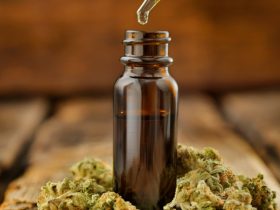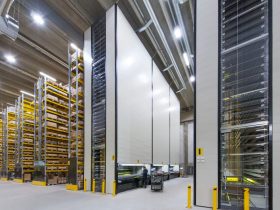Every single day, a huge number of plastic products are thrown out. Plastics do not always have to be thrown out in landfills. When we understand which plastics can be recycled, we take an important step toward reducing pollution and protecting our planet.
Through recycling, we can use less energy, have less waste and use fewer raw materials. Still, all plastics aren’t made the same way. Recycling some materials is simple, yet others are not really worth trying.
Breaking the Code of Plastic
Did you ever see the number inside the triangle on packaging made from plastic? That stands for the resin identification code. It shows you what type of plastic the container has and whether it can be recycled.
Here’s a quick guide to help you understand which plastics can be recycled:
- PET (Polyethylene Terephthalate) is used in water and soda bottles. Widely recycled.
- High-Density Polyethylene or HDPE, is used to make milk jugs and shampoo bottles. Items are also simple to process during recycling.
- Yogurt tubs and food containers are made from polypropylene. Ruled as valid in particular places.
It is more difficult to recycle plastic types: PVC, PS (Polystyrene) and other. Because they are hard to process or not sought after, they usually end up in the landfill.
Problems that Block Plastic Recycling
Even though some plastics can be recycled, it’s not always certain that they actually are. Why?
- It is a major problem that huge amounts of plastic waste end up in the environment. Having food residue can stop plastic from being recycled.
- There are many regions that can’t manage the processing of specific types of plastics.
- The different types of plastic in one packaging make it confusing for both people and machines.
- Since the rules for recycling vary around the world, it becomes harder to sort different materials.
For recycling to help the environment, there should be more support and clearer steps provided for everyone.
Identifying Recyclable Plastics You Have at Home
Wish to make recycling easier? Go to the bottom of the plastic item and check for the resin code.
- The safest options for you are PET and HDPE.
- Check your community’s rules because while some areas accept #5, others don’t.
- Always wash the containers properly. Dirty plastics will not be considered.
By performing these habits, you ensure that the recycling process is done more efficiently.
Recycling is Good, But There is More to Consider
Recycling matters, yet there are more things we need to do to solve the problem. You can take things a step further by:
- Using less disposable plastic.
- Opting for bags, bottles and containers that can be used several times.
- Getting products that are made from recycled plastic.
- Promoting the development of good recycling regulations where you live.
Chemical recycling enables us to handle more kinds of plastics. Still, as long as these solutions are not widely used, personal actions are very important.
Final Take
Understanding which plastics can be recycled is a powerful tool. It allows us to keep materials from the environment and enjoy them for a longer time.
PET and HDPE types of plastics are easily recyclable and should always be cleaned and sorted. If you read labels and opt for better food, you are joining in on the effort to make our planet healthier and greener.
Beginning with little changes today creates a big difference tomorrow.












